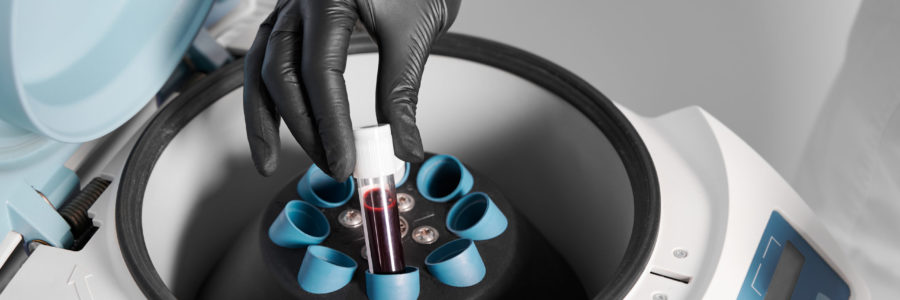
Promising Impact of Growth Factors and Carbon Dioxide Laser for Stress Urinary Incontinence

Extract from NATIONAL LIBRARY OF MEDICINE
Reference: https://www.ncbi.nlm.nih.gov/pmc/articles/PMC6994399/
Objective
To evaluate the safety, feasibility and efficacy of trans-vaginal fractional micro-ablative CO2 laser therapy in combination with Growth Factors for the treatment of stress urinary incontinence (SUI) in women.
Study design
Participants with SUI underwent three sessions of transvaginal CO2 laser and Growth Factor treatment, administered at 4-6-week intervals. Outcomes were assessed using the bladder function section of the Australian Pelvic Floor Questionnaire (APFQ). The primary outcome was changes in the participants’ symptoms of SUI. Secondary outcomes were related to general bladder function. Outcome differences from baseline (T1) to 3 months (T2) and 12 months (T3) were analysed using Wilcoxon signed-rank tests. Subjective verbal scales were used to assess the degree of pain associated with Growth Factors and laser treatment.
Results
Sixty-two women with SUI were enrolled into this study. There were 66% (41/62) of participants who reported improved SUI symptoms from T1 to T2 (p < 0.001) and at T3, 62% (23/37) of patients reported improved SUI symptoms (p < 0.001). From T1 to T2, all bladder function variables were improved significantly (p < 0.002). At T3, significant improvements (p < 0.03) were maintained for all bladder function variables, except pad usage (p = 0.073).
Stress urinary incontinence
This study examines changes in stress urinary incontinence (SUI) symptoms over time. Initially, all participants (62/62) reported frequent or daily SUI symptoms. At the 3-month follow-up (T2), 25.8% reported frequent symptoms and 8.1% reported daily symptoms, while 66.2% reported occasional or no symptoms. By the 12–24 month follow-up (T3), 18.9% reported no SUI symptoms, 43.2% reported occasional symptoms, 27% reported frequent symptoms, and 10.8% reported daily symptoms.
Secondary outcomes relating to bladder function
The study investigates changes in patient-reported bother with bladder symptoms following the treatment protocol. Initially, only 3.3% of participants reported no bother with their bladder symptoms (T1). At T2 and T3, these percentages increased to 26.2% and 37.8%, respectively. The number of participants reporting moderate or great bother decreased over time. Mean and median scores for bothersome bladder decreased from T1 to T2 and T3. Specifically, from T1 to T2 and T1 to T3, 58% and 57% of participants, respectively, experienced improvements in the degree of bother with their bladder symptoms (p < 0.001).
Conclusions
The study explores the efficacy of transvaginal Growth Factors and fractional micro-ablative CO2 laser as a treatment for stress urinary incontinence (SUI). Results indicate significant short- and long-term improvements in SUI symptoms, suggesting that this combined approach could be effective for managing SUI over a 12–24 month period. The study highlights the limitations and challenges associated with current surgical and conservative treatment options for SUI, including issues with compliance, side effects, and invasiveness. Growth Factors and laser therapy offer a minimally invasive alternative with potential cost benefits and reduced need for urodynamic studies and surgery. However, the study acknowledges limitations such as the lack of comparison groups, the need for further research to confirm findings through randomized controlled trials (RCTs), and the necessity to assess long-term treatment effects beyond 24 months. Despite these weaknesses, the study suggests that transvaginal Growth Factors and CO2 laser therapy could be a promising treatment option for SUI, emphasizing the importance of future research to elucidate its mechanisms and efficacy compared to existing treatments.
